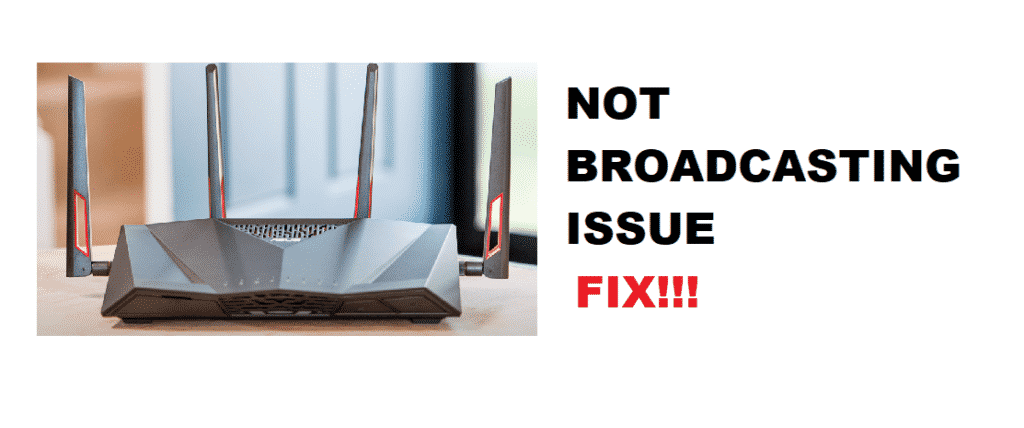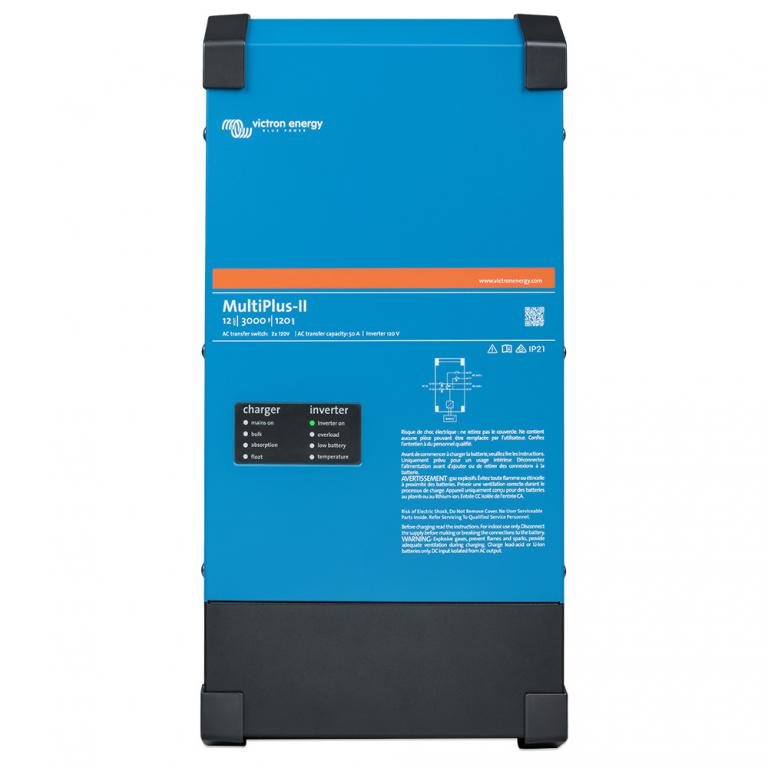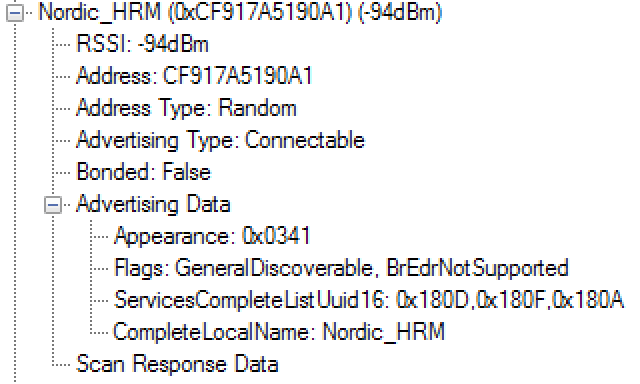

- #Radbeacon advertisement uuid update
- #Radbeacon advertisement uuid full
- #Radbeacon advertisement uuid software
- #Radbeacon advertisement uuid Bluetooth
- #Radbeacon advertisement uuid mac
#Radbeacon advertisement uuid update
The update is available to download here.ĮDIT2: As pointed out by you can augment this script to capture the RSSI of each iBeacon packet in addition to POWER. Before it would detect the RadBeacon, I had to send the HM-10 the following. You can use this option and pipe the script's output to your script to trigger actions when iBeacons with certain identifiers are detected.ĮDIT: We've reworked this script to make it more responsive and robust and incorporated it into the latest version of the development kit. We've also included a -b option for bare output that is easy to parse into other scripts, here's an example: $.
#Radbeacon advertisement uuid full
In addition to full control over the beacon advertisement data configuration, the transmit power and advertising rate are adjustable to suit a wide variety of deployment scenarios. UUID: E2C56DB5-DFFB-48D2-B060-D0F5A71096E0 MAJOR: 6 MINOR: 9 POWER: -55 RadBeacon USB is over-the-air configurable using the RadBeacon App for iOS.

Here's an example of the output from the script: $. Soon, we'll include this in the iBeacon Development Kit to add scanning capability. We've put this all together into an ibeacon_scan script that does everything, including converting the raw identifiers into human-readable form. The RadBeacon app from Radius Networks requires an iOS iPhone, iPad or iPod touch running iOS 7.
#Radbeacon advertisement uuid Bluetooth
We've done a lot of research at Radius Networks on the iBeacon bluetooth profile, which we used to identify iBeacon packets and filter them out from packets from other devices. The RadBeacon app is the configuration utility for RadBeacon proximity beacons from Radius Networks that support Apples iBeacon proximity services as well as other emerging proximity services.
#Radbeacon advertisement uuid mac
To solve this, we made a filter script that reads in the output line by line and separates out the raw packets from the other output (i.e., MAC addresses, etc.). The filtering is the tricky part, the raw output from hcidump isn't formatted nicely and also shows packets that aren't iBeacon transmissions. Start an hcidump and pipe the raw output to a script that will filter for iBeacon packets: sudo hcidump -raw With the -duplicates setting the scan will not ignore multiple packets from the same iBeacon. Start a background process that does a bluetooth LE scan: sudo hcitool lescan -duplicates & We've put together a script below that does this, you can also do it yourself with these steps: I could imagine either a binding or an MQTT client (and I suspect there's already some out there) which simply sends the tag info (UUID's) from the advertisement and the RSSI and then a rule does the presence detection.Yes! You can use your Raspberry Pi to scan for iBeacons. There are some keyfob tags (or use the UP24) about and some you can update the parameters. 500ms interval) only send (or advertise) their IDs, for example UUIDs. By Any Available USB Power Source Fully Configurable, including UUID, Major, Minor, Measured Power, Advertising Interval and Transmit Power FCC, IC, CE. Some of the BLE tags are 10 seconds and you can't guarantee to get the first packet. WebBLE Advertising is one of the most important aspects of Bluetooth Low Energy. You do need to consider the advertising interval too.

In the simplest case it could be just house occupied status. RadBeacon, The RadBeacon app is the configuration utility for RadBeacon proximity beacons from Radius Networks that support Apples iBeacon proximity. This is intended so that the Central device can easily sort out the peripheral devices. One of the commercial applications does all the maths/floorplan on a Cloud based app server.įor the simpler approach you can use the RSSI from a few BLE receivers to give you coarse presence detection. In fact, BLE devices may advertise (tough it is not mandatory) one primary service UUID, either a long one (128 bit, custom service) or a short one (16 bit, standard service). And you do need lots of beacons, otherwise you get different results depending on who/what is in the rooms.
#Radbeacon advertisement uuid software
I think you are right around using the reverse logic for HA - the BLE device is mobile and you have listeners.įorget ranging from Apps unless you have some software to map the strength(RSSI) of the beacons around the house and overlay on a plan and then do some significant maths on the RSSI from them all to micro-locate - it is not as simple as basic triangulation, there are some good research papers on it.


 0 kommentar(er)
0 kommentar(er)
